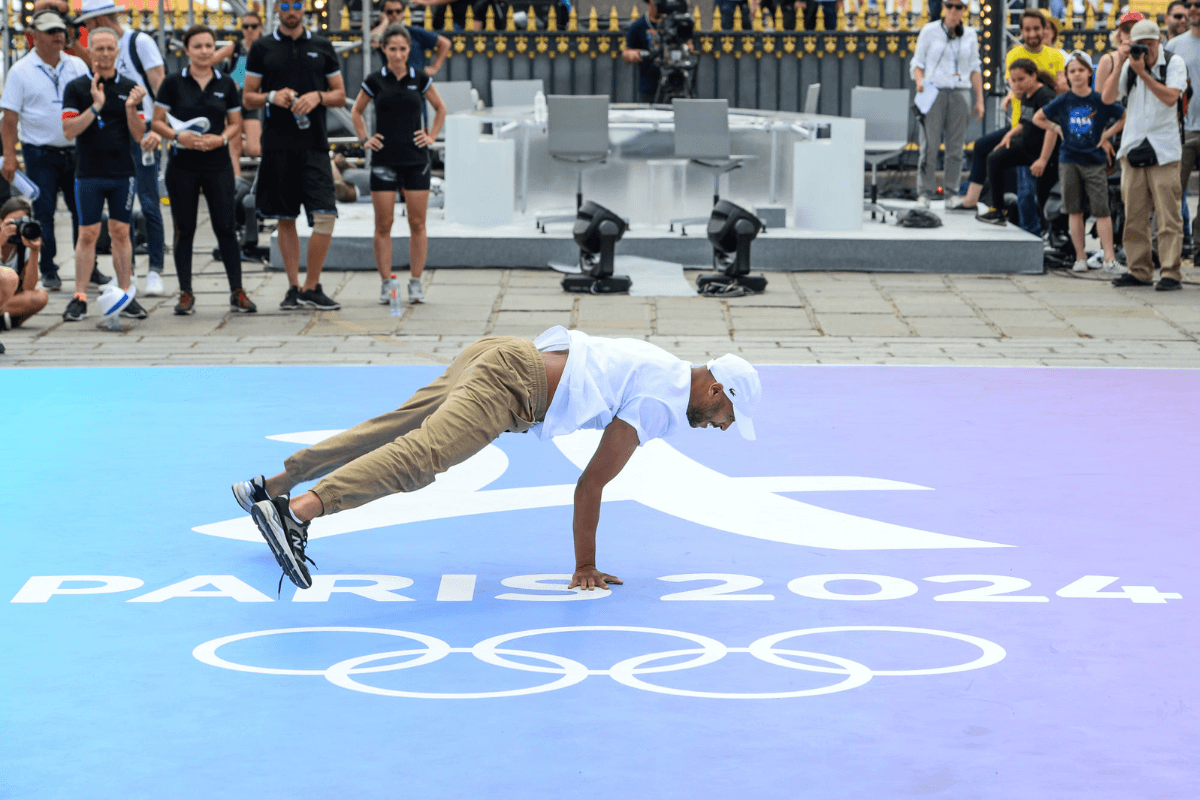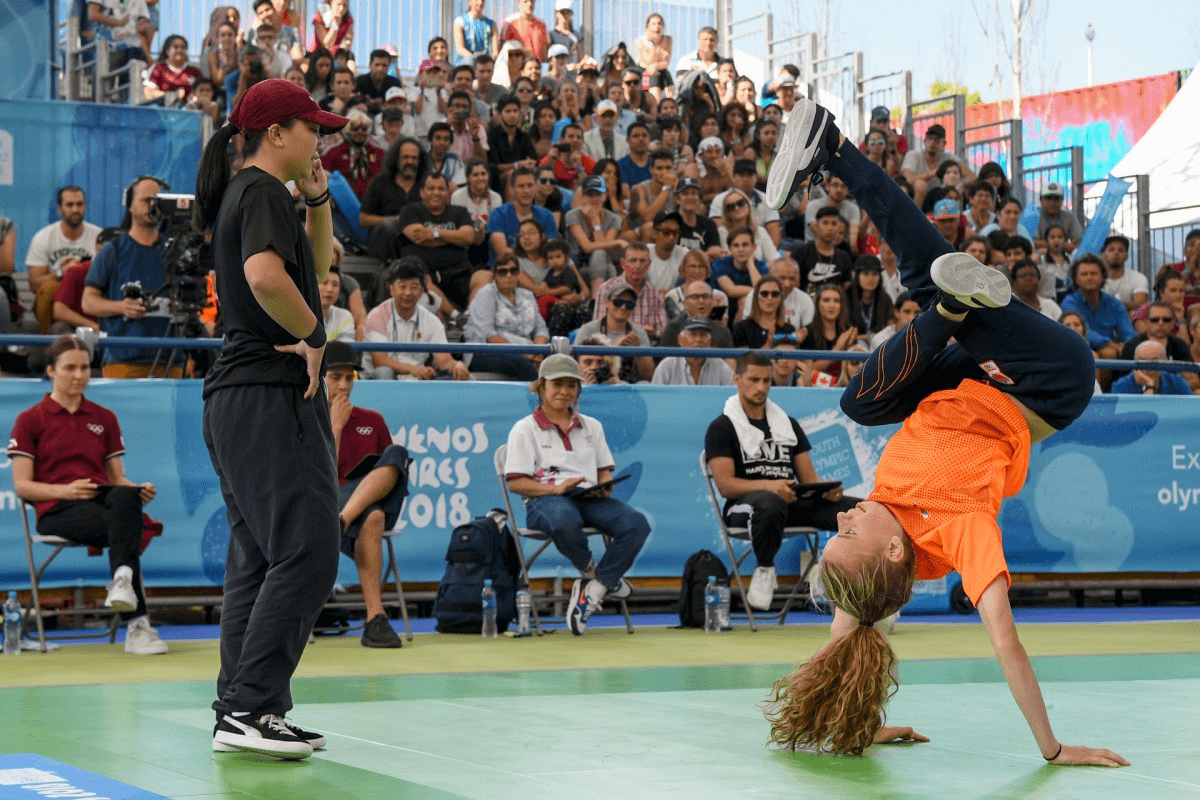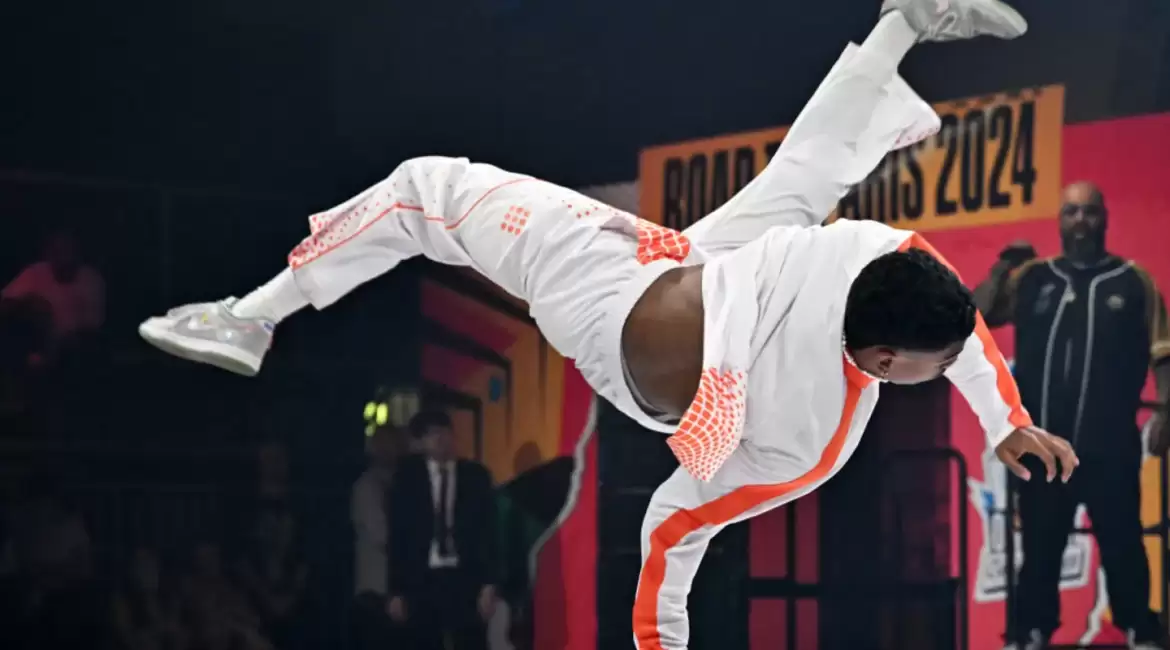The Olympic Games have always been a celebration of human athleticism, skill, and cultural diversity. In 2024, the Paris Olympics will mark a significant milestone by introducing breaking – commonly known as breakdancing – as an official Olympic sport. This inclusion represents a fascinating fusion of urban culture, artistic expression, and athletic prowess on the world’s biggest sporting stage. As we approach this historic event, let’s dive into everything you need to know about watching breaking at the 2024 Olympics.
Breaking: From the Streets to the Olympic Stage
Before we get into the specifics of the Olympic competition, it’s worth taking a moment to appreciate the journey of breaking from its roots to this global platform.
Breaking originated in the 1970s in the Bronx, New York, as part of the emerging hip-hop culture. What started as a form of street dance quickly evolved into a complex art form and athletic discipline. Breaking combines elements of dance, acrobatics, and athleticism, all performed to the rhythmic beats of hip-hop music.
The core elements of breaking include:
- Toprock: Dancing performed while standing up
- Downrock: Floor-based footwork
- Power moves: Acrobatic moves that require significant strength and control
- Freezes: Stylized poses that often defy gravity
Over the decades, breaking has grown from local street corners to international competitions, gaining a global following. The International Olympic Committee’s decision to include breaking in the 2024 Games is a testament to its worldwide popularity and its recognition as a legitimate athletic discipline.
Olympic Breaking: The Format
At the Paris Olympics, breaking will feature two events: one for B-Boys (men) and one for B-Girls (women). Each event will have 16 competitors, making for a total of 32 athletes competing for Olympic glory.
The competition will follow a battle format, which is the traditional way breaking competitions are conducted. In a battle, two breakers face off against each other, taking turns to perform to the same piece of music. Judges evaluate the performances based on a set of criteria, and the winner advances to the next round.
The Olympic breaking competition will likely use a bracket-style tournament, with preliminary rounds leading up to quarter-finals, semi-finals, and finally, the gold medal battle.
When and Where to Watch
Breaking events at the 2024 Paris Olympics are scheduled for August 9 and 10. Here’s the breakdown of the schedule:
- August 9:
- Women’s (B-Girl) Qualification: 10 a.m. – 12 p.m. ET
- Women’s (B-Girl) Final: 2 p.m. – 4 p.m. ET
- August 10:
- Men’s (B-Boy) Qualification: 10 a.m. – 12 p.m. ET
- Men’s (B-Boy) Final: 2 p.m. – 4 p.m. ET
The venue for the breaking events is Place de la Concorde, which will be transformed into an open-air stadium for the occasion. This iconic location in the heart of Paris, just steps away from the Champs-Élysées, provides a stunning backdrop for this historic Olympic debut.

Broadcast and Streaming Options
For viewers in the United States, NBC will be the primary broadcaster for the Olympic Games, including the breaking events. NBC plans to feature breaking in their prime-time coverage on both August 9 and 10 at 8 p.m. ET.
However, in our digital age, there are multiple ways to catch the action:
- Television: NBC will provide coverage on its main network and affiliated channels.
- Streaming: Peacock, NBCUniversal’s streaming service, will offer comprehensive coverage of the Olympics, including breaking events. This is an excellent option for those who want to watch live or on-demand.
- NBCOlympics.com and NBC Sports app: These platforms will provide streaming options for desktop and mobile devices. The NBC Sports app is available on both Google Play Store and Apple’s App Store.
- Social Media: While not a primary viewing option, Olympic social media channels and those of the athletes themselves may provide behind-the-scenes content and highlights.
For international viewers, check your local Olympic broadcaster for specific details on breaking coverage in your region.
Team USA: The Breakers to Watch
The United States will be represented by a talented team of breakers in Paris. Each country is allowed a maximum of two spots per gender, and Team USA has secured the full allocation. Here are the American breakers heading to the Olympics:
B-Boys:
- Victor Montalvo (known as Victor)
- Jeffrey Louis (known as Jeffro)
B-Girls:
- Sunny Choi (known as Sunny)
- Logan Edra (known as Logistx)
These athletes have proven themselves on the international stage and will be strong contenders for medals. Logan Edra, in particular, has already made waves by winning the Red Bull BC One B-Girl World Championship, one of the most prestigious titles in breaking.
What to Look for When Watching Olympic Breaking
For viewers new to breaking, here are some key elements to watch for during the competitions:
- Musicality: How well the breaker interprets and expresses the music through their movements.
- Technique: The execution of moves, including their difficulty and precision.
- Variety: The range of different moves and styles a breaker incorporates into their set.
- Creativity: Unique combinations of moves, transitions, and overall originality.
- Performance: The breaker’s stage presence, confidence, and ability to engage the audience and judges.
- Battle strategy: How breakers respond to and try to outdo their opponents’ moves.
Remember, breaking is not just about performing tricks. It’s a holistic art form that combines physical skill with musical interpretation, creativity, and personal style.

The Judging System
The Olympic breaking competition will use a judging system developed by the World DanceSport Federation (WDSF), the governing body for breaking in the Olympics. While the exact details may be adjusted before the Games, it’s likely to be similar to the system used in other major breaking competitions.
Typically, a panel of judges evaluates each battle based on criteria such as:
- Physical Quality (Technique and Variety)
- Interpretative Quality (Musicality and Creativity)
- Artistic Quality (Performance and Style)
Judges may use a point system or a relative ranking system to determine the winner of each battle.
The Global Impact of Olympic Breaking
The inclusion of breaking in the Olympics is more than just the addition of a new sport. It represents a significant cultural moment and has several potential impacts:
- Increased Visibility: Olympic status will expose breaking to a global audience, potentially attracting new fans and participants.
- Legitimacy: Being an Olympic sport further legitimizes breaking as a serious athletic discipline.
- Youth Engagement: Breaking’s inclusion may help the Olympics connect with younger audiences.
- Cultural Exchange: As a sport born from hip-hop culture, breaking brings a unique cultural element to the Olympics.
- Athletic Development: Olympic status may lead to increased resources for breaker development and training.
Controversies and Challenges
As with any significant change, the inclusion of breaking in the Olympics has not been without controversy. Some purists within the breaking community have expressed concerns about the potential for the sport to lose its cultural roots and street authenticity when adapted for the Olympic stage.
There have also been debates about the standardization of judging criteria and how to maintain the spontaneous, improvisational nature of breaking within the structured Olympic format.
However, many in the breaking community see the Olympics as an opportunity to showcase their art form to the world and potentially inspire a new generation of breakers.
Preparing for the Olympic Breaking Experience
If you’re planning to watch Olympic breaking, here are some tips to enhance your viewing experience:
- Familiarize yourself with basic breaking terminology. Understanding terms like “toprock,” “freeze,” and “power move” will help you appreciate what you’re watching.
- Watch some breaking videos online. Familiarizing yourself with the sport beforehand will make the Olympic events more enjoyable.
- Pay attention to the music. Breaking is intimately tied to the music, so understanding how the dancers interpret the beats adds another layer of appreciation.
- Follow some top breakers on social media. Many will likely be sharing behind-the-scenes content leading up to and during the Olympics.
- Keep an open mind. Olympic breaking may look different from traditional breaking competitions, but it’s an exciting evolution of the sport.
The Future of Olympic Breaking
While breaking is making its debut in Paris 2024, its future in the Olympics beyond that is not yet guaranteed. The success of the event in Paris will likely play a significant role in determining whether breaking becomes a regular feature of future Summer Games.
Regardless of its long-term Olympic future, the inclusion of breaking in Paris 2024 is a historic moment for the sport. It represents the culmination of decades of evolution, from the streets of the Bronx to the global stage of the Olympics.
Conclusion
The inclusion of breaking in the 2024 Paris Olympics marks a thrilling new chapter in both Olympic history and the history of breaking itself. As we prepare to watch this dynamic, creative, and physically demanding sport on the world’s biggest athletic stage, we’re not just witnessing a new Olympic event – we’re seeing the Olympic movement embrace a vibrant piece of contemporary urban culture.
Whether you’re a long-time breaking fan or someone who’s curious about this new Olympic sport, the breaking events in Paris promise to be a highlight of the 2024 Games. From the iconic setting of Place de la Concorde to the world-class athletes pushing the boundaries of their sport, Olympic breaking will offer something truly unique.
So mark your calendars for August 9 and 10, 2024. Whether you’re watching on NBC, streaming on Peacock, or following along on social media, you’ll be witnessing history as breaking takes its place among the world’s most prestigious sporting events. Get ready for a showcase of athleticism, artistry, and culture that embodies the very best of what the Olympic Games represent.


Leave a reply